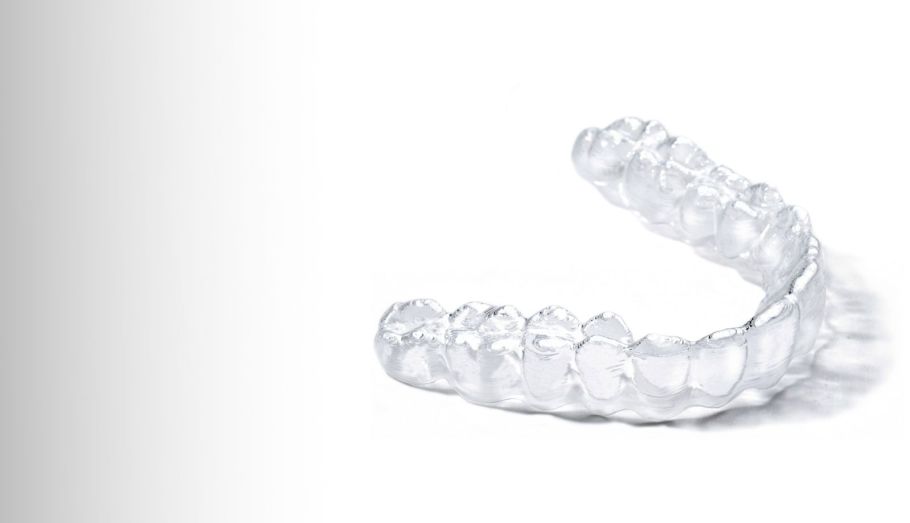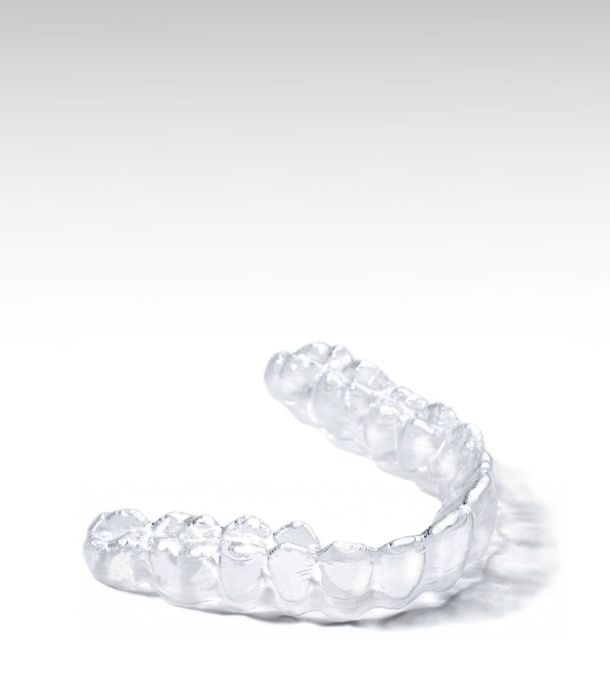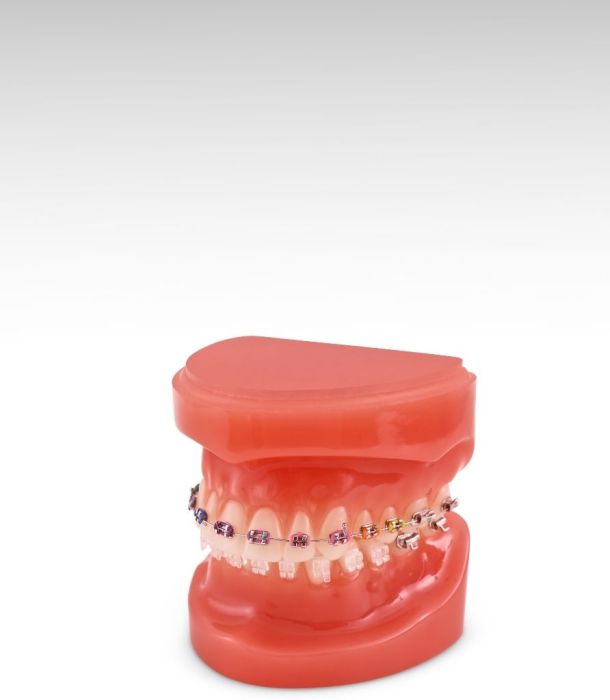

Clear Aligners
Prescribed by a dental professional. Clear Aligners are specifically designed to align teeth in a predictable, comfortable and discreet manner.


Clear Aligners
Prescribed by a dental professional. Clear Aligners are specifically designed to align teeth in a predictable, comfortable and discreet manner.
Considering straightening your teeth with clear aligners or braces?
Who doesn’t want a good smile, great teeth and a sound structural bite? If you one of the people seeking treatment and information on clear aligners, braces and an overall understanding of orthodontic treatment. You have come to the right website. From how teeth move, types of malocclusion (skew teeth) to a comparison chart on treatment, we have you covered.
Clear Aligners vs Braces
If you are considering braces vs clear aligners to straighten your teeth, or your kid’s teeth, you may have lots of questions. Which is more effective? Which is more affordable? Ultimately, you want to choose the treatment that will do the job, even if it’s slightly more expensive. In the long run, you don’t want to have to fix your teeth again! So, which one is the better choice for you or your kid?
Clear Aligners vs Braces: Getting Straight to the Basics
Both braces and clear aligners were designed to straighten teeth while improving your smile and oral health. Patients first began using clear aligners at scale in 2000, so this treatment does not yet have the same history as braces.
Braces consist of metal or ceramic brackets being glued to your teeth and tied together by wires and tiny rubber bands. Nowadays, you can get brackets to more closely match your enamel color (making them more discrete), or you can get them in color to make a fashion statement with your mouth!
Clear aligners, on the other hand, are designed to be invisible and removable. Aligner trays made of smooth, comfortable, BPA-free clear plastic are worn over your teeth to subtly and gently move your teeth. Your practitioner will use X-rays, pictures, and impressions to create a precise 3-D image of your teeth and to configure your aligner trays accordingly.
What is malocclusion and how does it effect my treatment
A malocclusion happens when mismatched teeth and the jaw cause a person to have a bad bite. This can result in crooked, crowded, or protruding teeth, and may even lead to gum problems/periodontal disease, severe headaches, and sleep disorders.


Braces
Historically in the orthodontists domain. Braces are a bracketed orthodontic system specifically designed to move teeth but they have the ability to handle more complex cases.


Braces
Historically in the orthodontists domain. Braces are a bracketed orthodontic system specifically designed to move teeth but they have the ability to handle more complex cases.
Braces vs Clear Aligners, Which Will Work Best for You?
While both can help straighten teeth, they each have pros and cons.
Take a look at the comparison chart below.
Braces
vs
Clear Aligners
Metal-typically silver; can pay extra for color or enamel color
Colour
Clear/invisible
24/7 for an average of 2 years, depending on patient needs
Treatment time
22-24 hrs/day for 4 to 12 months, depending on patient needs
About every month
Follow up visits
Change aligner trays every 2 weeks; visits every 4 to 6 weeks
Positioner or retainer likely needed ongoing, maybe only at night
Follow up to treatment
Positioner or retainer likely needed ongoing, maybe only at night
Irremovable
Lifestyle
Removable
Braces cost R20000 – R75000
Cost
Clear Aligners cost R15000 – R50000
- More effective for more complex issues
- No temptation to leave them out, so less self-discipline is needed for success
- No extra cleaning steps required besides regular brushing and flossing
Pros
- Invisible
- Removable
- No issues with food getting caught
- No difficulty eating
- No discomfort from wires
- May have some pain, sores or discomfort from wires, brackets or tooth movement
- May have tooth discoloration due to difficult hygiene, bracket breakage and tooth wear
- May have difficulty eating sticky, hard foods
Cons
- May have discomfort from tooth movement
- Must remove before eating or drinking anything but water
- Must brush after each meal to avoid staining
Patients playing rough contact sports regularly
NOT ideal for
Patients with:
- bridgework
- back tooth bite issues
- lack of discipline to keep trays in for at least 22 hours daily












